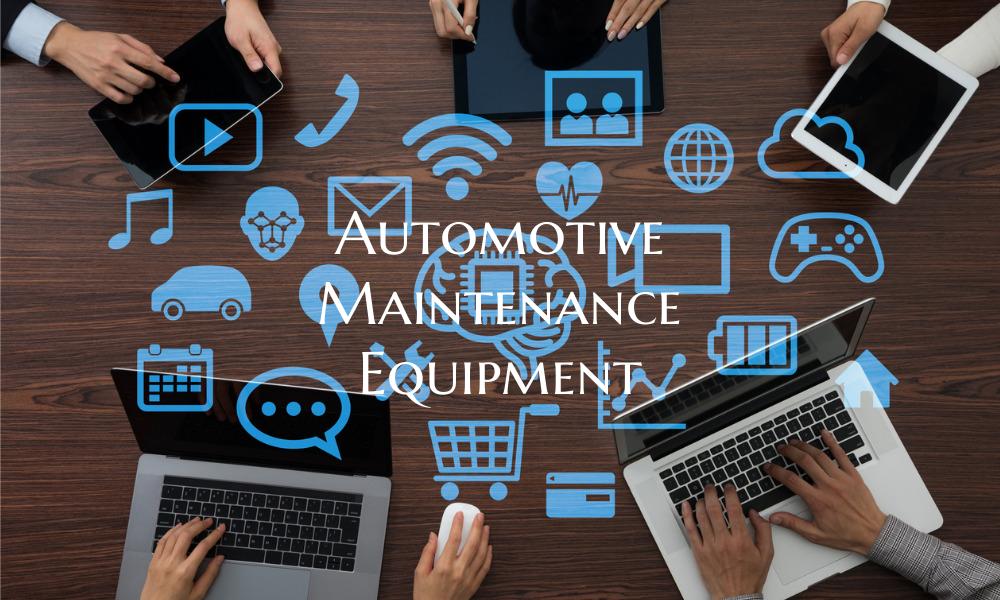Automotive Maintenance Equipment
Introduction: Automotive maintenance equipment plays a crucial role in ensuring the longevity and optimal performance of vehicles. From basic tools for routine maintenance to advanced diagnostic equipment, having the right tools can make a significant difference in the upkeep of your vehicle. In this article, we will explore the various types of automotive maintenance equipment and their importance in keeping vehicles in top condition.
Types of Automotive Maintenance Equipment: 1. Basic Hand Tools: Basic hand tools such as wrenches, screwdrivers, pliers, and sockets are essential for performing routine maintenance tasks like changing oil, replacing filters, and checking fluid levels. These tools are the foundation of any automotive toolbox and are necessary for DIY maintenance projects.
2. Diagnostic Tools: Diagnostic tools, such as OBD-II scanners, allow for the detection and troubleshooting of potential issues within a vehicle's onboard computer system. These tools can help identify problems early on, preventing costly repairs down the line.
3. Lifts and Jacks: Lifts and jacks are essential for lifting vehicles off the ground, providing access to the undercarriage for inspections and repairs. They improve accessibility and safety during maintenance tasks that require a vehicle to be raised.
4. Fluid Evacuation Equipment: Fluid evacuation equipment, such as oil extractors and fluid pumps, make draining and replacing fluids like oil, coolant, and transmission fluid much easier and cleaner. These tools help in maintaining proper fluid levels and extending the lifespan of various vehicle components.
5. Tire Maintenance Tools: Tire maintenance tools, including pressure gauges, inflators, and tread depth gauges, are crucial for ensuring optimal tire health and safety. Proper tire maintenance not only improves fuel efficiency but also reduces the risk of accidents due to tire-related issues.
Importance of Automotive Maintenance Equipment: 1. Efficient Maintenance: Having the right equipment makes automotive maintenance tasks more efficient and convenient, saving time and effort in the long run.
2. Preventative Maintenance: Regular maintenance using the appropriate tools helps in identifying and addressing issues before they escalate, preventing breakdowns and costly repairs.
3. Safety: Using the proper equipment ensures the safety of both the vehicle and the individual performing maintenance tasks, reducing the risk of accidents and injuries.
4. Cost-Effectiveness: Investing in quality automotive maintenance equipment can save money in the long term by extending the lifespan of the vehicle and minimizing the need for expensive repairs.
Conclusion: Automotive maintenance equipment is essential for the upkeep of vehicles, enabling owners to perform regular maintenance and address issues promptly. By having the right tools on hand, vehicle owners can ensure the longevity, performance, and safety of their vehicles, ultimately saving time and money in the maintenance process. Whether you are a DIY enthusiast or a professional mechanic, having a well-equipped toolbox is key to maintaining your vehicle in top condition.

